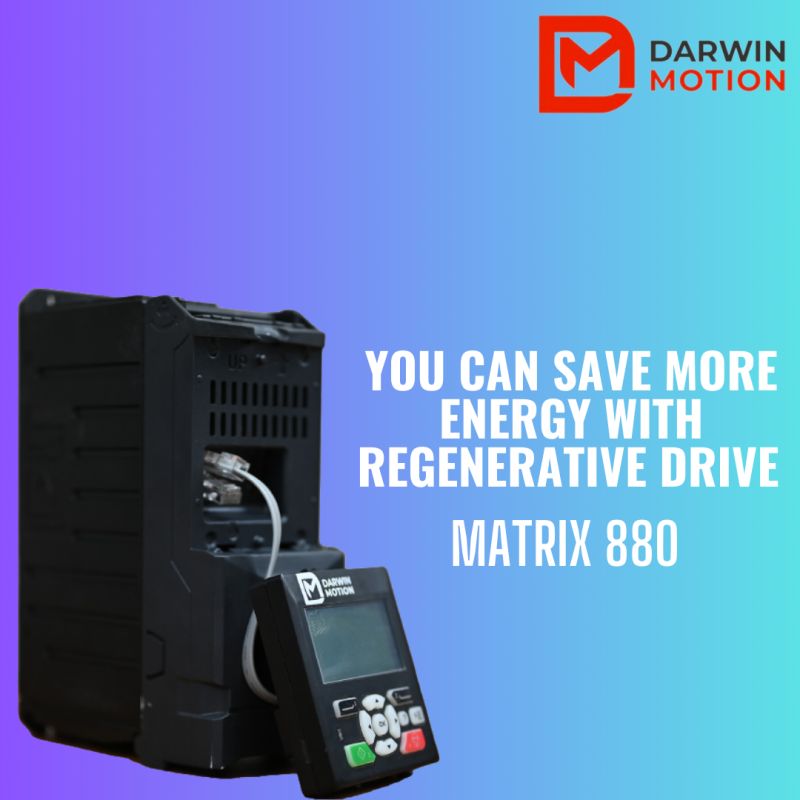Posted on 30th Aug 2024

Variable Frequency Drives (VFDs) are versatile tools that allow for precise control of motor speed and torque. Selecting the right control mode for your VFD can significantly impact system efficiency, performance, and operational flexibility. This article explores the various VFD control modes, their advantages and disadvantages, and how to choose the most suitable mode for your application.
Understanding VFD Control Modes
VFDs can operate in several control modes, each designed to address different operational needs. The main control modes include:
V/Hz Control Mode (Volts per Hertz)
Vector Control Mode
Direct Torque Control (DTC) Mode
Sensorless Vector Control (SVC) Mode
1. V/Hz Control Mode
Overview: V/Hz control, also known as Volts per Hertz control, is the most basic and widely used control mode in VFDs. It maintains a constant ratio between voltage and frequency to control motor speed.
Advantages:
Simplicity: Easy to configure and implement, making it a cost-effective choice.
Reliability: Proven technology with stable performance in various applications.
Low Cost: Generally less expensive than more advanced control modes.
Disadvantages:
Limited Performance: Provides less precise control over motor torque and speed.
Efficiency: May not be as efficient in applications requiring high performance or precise control.
Best For: Applications where basic speed control is sufficient, such as fans, pumps, and conveyors.
2. Vector Control Mode
Overview: Vector control, or Field-Oriented Control (FOC), enhances performance by decoupling the control of motor flux and torque. This mode offers precise control over motor speed and torque by using feedback from the motor’s position and speed.
Advantages:
High Performance: Provides excellent torque control, even at low speeds.
Efficiency: Improves energy efficiency and motor performance in dynamic applications.
Precision: Offers accurate control of motor speed and torque.
Disadvantages:
Complexity: More complex to configure and requires additional setup.
Cost: Typically more expensive than V/Hz control due to advanced technology.
Best For: Applications requiring precise speed and torque control, such as industrial machinery, robotics, and high-performance drives.
3. Direct Torque Control (DTC) Mode
Overview: DTC is an advanced control mode that offers real-time control of both motor torque and flux without requiring speed or position feedback. It achieves high performance by rapidly adjusting voltage and current.
Advantages:
Superior Performance: Provides the fastest torque response and highest precision.
No Feedback Required: Does not need speed or position sensors, reducing system complexity.
High Efficiency: Enhances motor efficiency and dynamic performance.
Disadvantages:
Complexity: Requires sophisticated algorithms and is more complex to implement.
Cost: Generally the most expensive VFD control mode.
Best For: High-performance applications where rapid response and precise control are critical, such as high-speed machinery and advanced automation systems.
4. Sensorless Vector Control (SVC) Mode
Overview: Sensorless Vector Control provides vector control performance without the need for physical speed or position sensors. It estimates motor parameters and adjusts control based on these estimations.
Advantages:
Cost Savings: Reduces the need for physical sensors, lowering system costs.
Flexibility: Provides good performance for a wide range of applications.
Reduced Maintenance: Fewer components lead to lower maintenance requirements.
Disadvantages:
Accuracy: Less accurate than sensor-based vector control, especially at very low speeds or varying loads.
Complexity: Requires tuning and calibration for optimal performance.
Best For: Applications where cost savings are important but where high performance is still needed, such as HVAC systems, water treatment plants, and general industrial applications.
How to Choose the Right VFD Control Mode
Application Requirements: Assess the specific needs of your application, including performance, precision, and load characteristics. Determine whether you need basic speed control or more advanced torque and speed management.
Budget Considerations: Consider your budget constraints and balance the cost of the VFD with the performance benefits of different control modes. Higher performance modes may offer greater efficiency and precision but come at a higher cost.
System Complexity: Evaluate the complexity of your system and whether you prefer a simpler setup or can accommodate more advanced configurations. Simpler modes like V/Hz control are easier to implement, while advanced modes require more complex setup.
Future Needs: Think about future scalability and whether your control mode choice will meet evolving demands. Advanced control modes offer greater flexibility and performance for future upgrades.
Maintenance and Support: Consider the ease of maintenance and availability of support for the chosen control mode. More complex systems may require specialized knowledge and support.
Conclusion
Choosing the right ac drive control mode is crucial for optimizing motor performance, efficiency, and operational flexibility. By understanding the advantages and limitations of each control mode, you can make an informed decision that best meets your application needs. Whether you opt for the simplicity of V/Hz control or the precision of Direct Torque Control, selecting the appropriate mode will enhance your system’s performance and contribute to overall operational success.